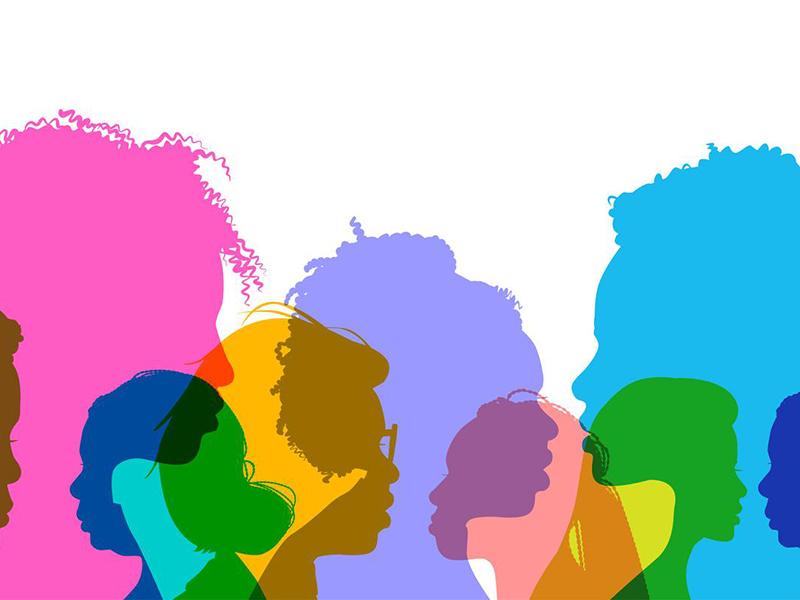A diverse faculty brings established benefits to higher education institutions – from increased student completion rates to graduates with better critical-thinking skills and empathy, according to Education Trust research. Yet, progress towards an academy that reflects the racial diversity of its student body and society as a whole is slow and university staff become less diverse as roles become more senior. Only about 11 per cent of full-time college instructors in the US are Black or Latino, as reported in Times Higher Education in August. In the UK, 1 per cent of full professors in the UK were Black, with fewer than 50 Black women professors in 2023, according to the Higher Education Statistics Agency (HESA). Recent blows to affirmative action and equality, diversity and inclusion (EDI) efforts in the US have not helped the cause, yet many within higher education remain dedicated to increasing diversity within universities. This collection of resources brings together advice on inclusive hiring practices, creating a welcoming campus, addressing career barriers and fixing the pipeline from student to tenured professor.

The university sector lags behind industries such as law, science and engineering when it comes to hiring people of colour, according to a report from the US Government Accountability Office. Equitable practices towards more inclusive recruitment can include identifying and removing biased language from job adverts, using diverse interview panels and enlisting specialist support. But recruitment is just the start. Institutions also need to retain and support all their staff, and this might mean identifying and educating about micro-aggressions, addressing unconscious bias and providing leadership opportunities and mentorship.
Institutions should make the most of initiatives, such as the Race Equality Charter in the UK, that aim to provide a framework for action and bring down barriers that inhibit the progress of Black, Asian and minority ethnic staff. University administrators can consult equity, diversity and inclusion (EDI) specialists to find out how to improve the work environment for all but should not expect under-represented groups to do all the heavy lifting. They can start by embedding cultural competency across their institutions. Improved representation among faculty, researchers and support teams can help to lessen feelings of isolation and marginalisation on campus among students and staff.
When faculty or staff are part of more than one protected or minority group, it can result in unique and complex intersectional challenges. If institutions build understanding of how such overlapping identities affect academic career opportunities such as research outputs and pathways into university administration, they can work to mitigate limiting factors through action on workplace policies, training, mentoring and making space for (and listening to) diverse voices.






















